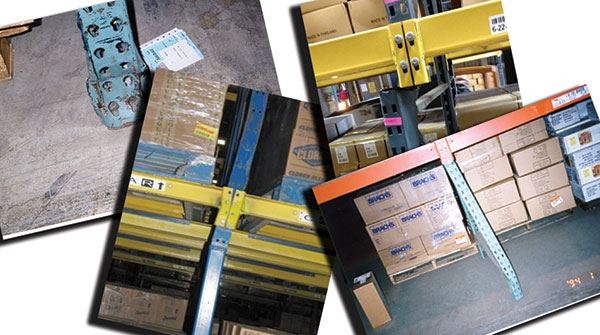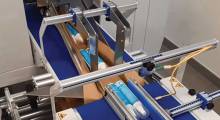It’s easy to underestimate the importance of rack maintenance.
To begin, the structure looks sturdy. It’s carrying all that weight from the pallet loads stored in it. And as we all know, racks do take a long time to wear out.
“The common mistake is one of the most dangerous mistakes: If the rack is not falling down, there is no danger,” says Dave Onorato, vice president of sales for Mac Rak. He tells the story of a plant manager who gave a good kick to a rack column that brought down the entire structure.
Additionally, “uprights and beams form a framework that holds pallets with loads of product; to the casual observer, these systems don’t look overly complex.” That’s what the rack experts themselves —
Rack Manufacturers Institute (RMI)—have to say about underestimating rack damage and its impact on safety in the facility.
Potential losses from rack failure include injury or loss of life, loss of inventory, business interruption, cleanup and replacement expenses, and costly litigation. Clearly, there are serious consequences to rack failure.
Several areas exist where damaged rack could be a problem. And, any of them could be out of the line of sight of most people looking right at the rack. The list includes crushed or sheared frames, bent columns, broken components as well as damaged footplates and anchors, to name just a few trouble areas.
The problem is that damage to racks occurs as a matter of course. And, not every time the racks are damaged is a noted event. Unfortunately, rack damage is cumulative, and the tipping point is invisible, says Onorato.
The two most common causes of damage are lift truck impacts and the abuse of the rack in day-to-day use.
Accidental impacts by lift trucks are a common cause of damage. So are poor lift truck drivers. In addition, the wrong truck often operates in some aisles while other aisles were originally poorly designed.
Then, there’s the matter of day-to-day use beyond lift trucks. In the interest of higher productivity, workers can inadvertently cause damage. For example, overloading is a problem. Furthermore, as the products stored change, there are often adjustments to how the rack is used, often causing its own damage.
All of that said, what can you do to ensure your rack structures are safe and capable of delivering top efficiency for your operation? Quite a bit actually. But doing that requires discipline and adherence to industry-recommended procedures.
Start with an inspection
Talk to anyone about rack damage and two words come up every time: preventive and proactive. In other words, it is best not to wait for a crisis to conduct at least an inspection. The objective always is to retain safety factors and design capacity, both of which are impacted by damage.
This comes across loud and clear from the RMI and its members. In its FAQs, RMI says this: “The storage rack system owner should establish and implement a program of regularly scheduled storage rack system inspections. The inspections should be performed by a qualified person familiar with storage rack design and installation requirements retained or employed by the storage rack system owner.”
RMI goes on to recommend periodic inspections for any damage. “As a minimum, inspections should be performed at least annually. In a blog earlier this year, RMI suggested that annual inspections were an outstanding New Year’s resolution. Tongue in cheek aside, it’s not a bad starting point, actually.
However, an annual inspection may not be enough. A lift truck collision or seismic event warrants immediate review, says RMI. Other triggers include increased product velocity as well as higher activity and traffic levels.
It is also worth noting that the expected function of rack structures often changes as a company’s business changes. However, most rack structures are designed specifically for an application that includes a unique configuration and capacity. If that changes, it is not uncommon for the rack to suffer damage that may be entirely undetected.
There is also the matter of changes in building codes. While the rack may have been installed prior to current codes and grandfathered into compliance, that changes if the rack is reconfigured. If changes have occurred, an inspection is warranted.
Four other factors should be considered when determining inspection frequency. RMI says these are:
- Product value. The less expensive the product stored in an area, the more likely the rack will be damaged.
- Aisle clearances. The narrower the aisles, the more likely materials handling equipment will impact the rack.
- Transfer aisles. Rack rows with transfer aisles are more prone to damage.
- Previous damage. Areas that have been damaged in the past are more likely to be damaged again.
That said, RMI recommends the inspection schedule and inspection results be documented and retained.
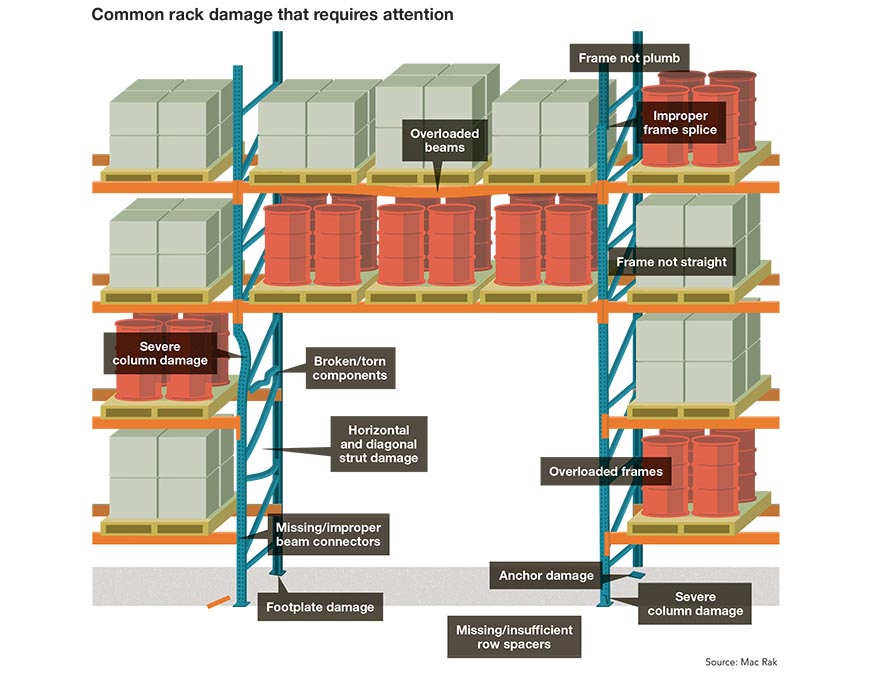
Getting the repair right
To help with the process, RMI has published a “Guideline for the assessment and repair or replacement of damaged rack.”
As John Krummell explains, the guidelines cover the subject from rack repair principles and options to repair assessment, engineering and installation. Krummell is CEO of Advance Storage Products and was a key contributor to the development of the guidelines.
He explains that the guidelines are the outgrowth of the rack industry’s effort to be more proactive and to raise awareness of the dangers of rack damage.
A point he emphasizes is the importance of approaching rack damage in terms of the entire structure. “Look at the system not just the component when doing a repair,” Krummell says. He continues, “this is not just a repair. You have to know that the engineering is right—that the repaired rack is configured properly.” That means an experienced rack design engineer must be part of the inspection and repair process.
Sal Fateen, CEO of Seizmic, is one of those engineers. He developed a general physical inspection procedure for this article.
The first step, he says, is to obtain a layout and elevation view of the rack. One must be created if it doesn’t already exist. Also important is a review of any permits originally issued for the racks, including loads and profiles.
“The inspection of rack is two-fold. First is to determine if there is any damage, and if so, define a method of repair or replacement based on the level of damage,” says Fateen. “Second is to verify that the actual loads on the rack match what the rack was designed for and that the design followed appropriate codes when the rack was initially installed.”
He recommends inspecting seven key elements:
- Columns: Check for plumbness and impact damage. Corner dents are more critical than in the face or side of the column.
- Base plates and anchors: Must be connected to the column without any break in welds. Anchors require proper installation to the concrete slab and the nut properly torqued.
- Frame bracing: Note any shears, bends, buckles or loose/missing bracing.
- Row spacers/structural frame ties: Inspect floor location, quantity and type.
- Beams: Check for dents deeper than 0.25 inches and their location.
- Beam to column connectors and locking mechanisms: Look for damage to the tabs, studs, bolts or any other connector to columns.
- Accessories such as wire decks and cross bars: Inspect for general condition.
Fateen adds that “any repairs that will be proposed will need approval of a design professional, either from the manufacturer, supplier or an independent engineer.”
Or as the RMI guideline says, “without proper engineering oversight, there is no proof or assurance that the repair is sound and will yield a safe operating system.”
There are two common repair approaches. One is replacement of damaged components with new ones from the original manufacturer. “When products from different manufacturers are mixed, appropriate testing must be performed to validate the capacity of the mixed components,” says the RMI guidelines.
Another option is a pre-engineered rack repair kit that typically is bolted into the existing rack structure to replace the damaged components. The rack design engineer overseeing the inspection and repair process designs the kit to meet building codes.
When all is said and done, rack repair is serious business that should not be an afterthought. Nor should Joe do it because he’s a good welder. Instead, the right response is adherence to strict guidelines and professional engineering to ensure safe and efficient operation into the future.
Companies mentioned in this article
View Maintenance, Repair & Operations Products and Accessories
 RepairEngine online tool
RepairEngine online tool
Online maintenance management tool.
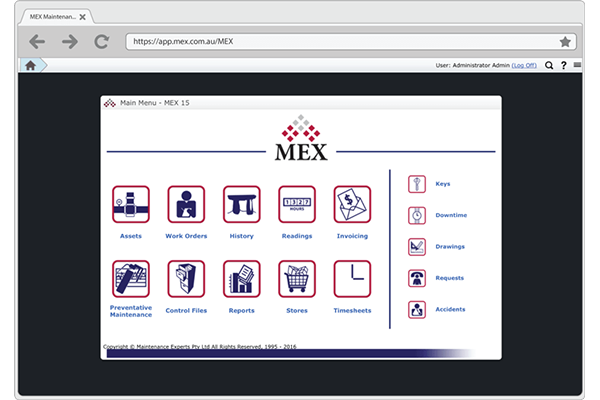 Computerized maintenance management system
Computerized maintenance management system
Manage assets with management software.
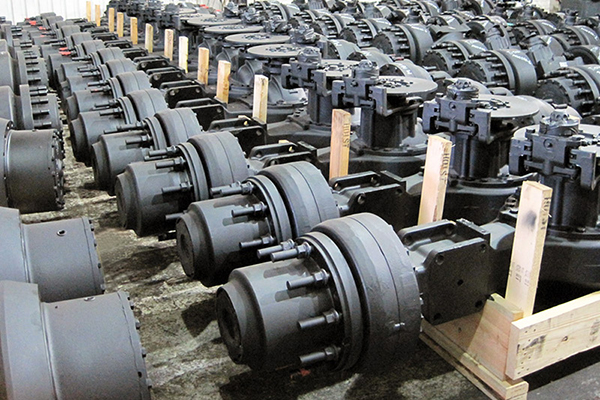 Parts support for forklifts
Parts support for forklifts
Parts support minimizes your downtime.
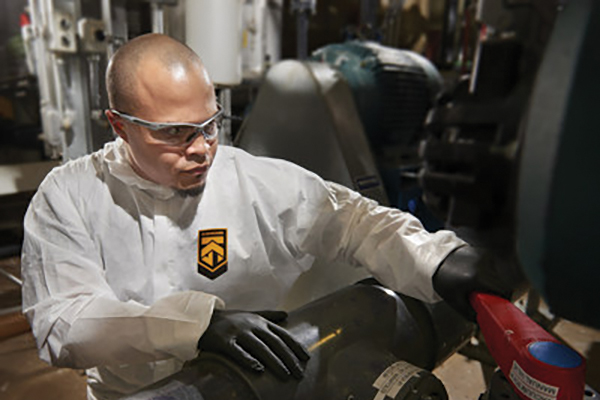 KleenGuard personal protective equipment
KleenGuard personal protective equipment
Recyclable personal protective equipment.
 Service program for robotic equipment
Service program for robotic equipment
Extend equipment life.
 Technical Toolbox online tool
Technical Toolbox online tool
Technical solutions libraries on Web.
Article topics
